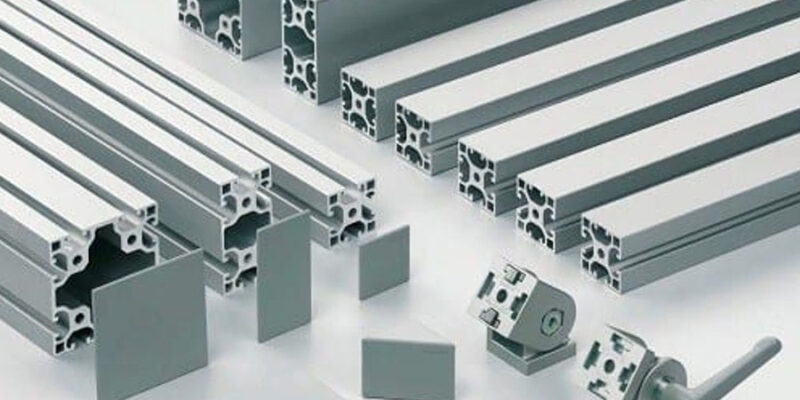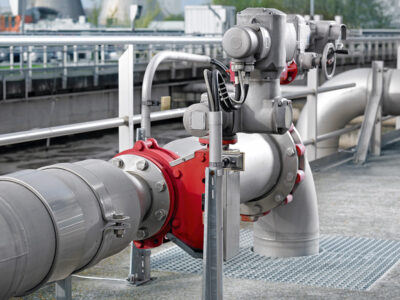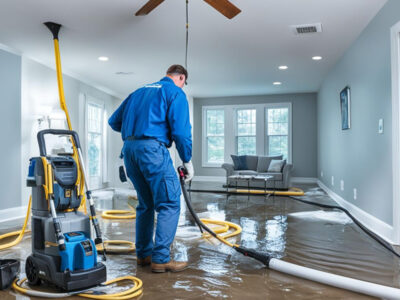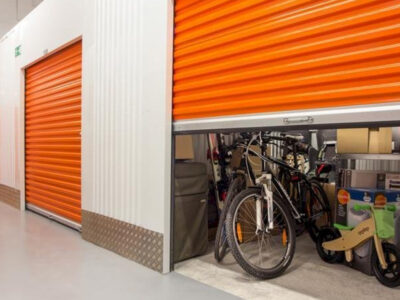Using aluminium profiles and components is vital for construction projects due to their durability, versatility and ease of assembly. Whether you’re building structures, machinery or furniture knowing the practices for aluminium profile assembly is essential to ensure productivity and success. This article explores advice and methods to simplify the assembly process and enhance the performance of aluminium profiles in various applications.
1. Preparing Before Assembly
Before beginning the assembly of aluminium profiles thorough preparation is key. This involves.
Planning in Detail
Develop a plan that outlines the steps involved, necessary components and tools required for the task.
Checking Components
Confirm the dimensions finish quality and overall condition of each aluminium profile and accompanying parts to guarantee proper fit and functionality.
Organizing Your Workspace
Set up a clean and well-organized work area with good lighting and easy access to all tools needed.
2. Choosing Suitable Fastening Techniques
Selecting the fastening methods is crucial, for maintaining structural integrity and ensuring long lasting assembled aluminium profiles. Common fastening options include.
Mechanical Fasteners:
Bolts, nuts, screws and rivets are commonly used to secure aluminium profiles
Make sure to choose the size and durability to withstand the intended loads and environmental factors.
Adhesives and Sealants:
Industrial adhesives and sealants can be used alongside mechanical fasteners to improve joint strength, resistance to vibrations and sealing against moisture.
Slot Connectors:
opt for specialized slot nuts and connectors meant for aluminium profiles for quick assembly without the need for machining.
3. Assembly Methods
Effective assembly methods play a role in enhancing the speed and quality of construction with aluminium profiles.
Modular Assembly: Prefabricate sub-assemblies whenever possible to reduce on site assembly time and complexity.
Sequential Assembly:
Follow a step-by-step approach starting from the base or frame then adding components, in a logical sequence to ensure proper alignment and functionality.
Precision Alignment:
Utilize jigs, fixtures or laser alignment tools to achieve accurate alignment of aluminium profiles and components minimizing assembly mistakes and rework.
Properly handling and transporting aluminium profiles is crucial to avoid damage and uphold product quality.
To prevent surface damage, it’s important to handle profiles with care those with delicate finishes like anodizing or powder coating.
Using secure packaging materials is essential to safeguard profiles during transportation and storage reducing the risk of deformation or corrosion.
Implementing quality control measures ensures that assembled aluminium profiles meet performance standards.
Visual inspections should be carried out on joints and connections to spot any defects or inconsistencies.
Functional tests need to be conducted to confirm the strength, load bearing capacity and operational efficiency of components.
Throughout the discussion on practices for aluminium profile assembly the significance of precision, preparation and quality control in aluminium profiles and components becomes clear. By following assembly techniques choosing appropriate fastening methods and handling with care builders can optimize the use of aluminium profiles in various construction applications.
In summary achieving mastery in assembling aluminium profiles requires attention to detail, adherence to practices and a dedication, to ensuring quality.
By sticking to these tips, you can boost effectiveness maintain the strength of structures and attain outcomes in your upcoming building venture with aluminium profiles. Whether you’re constructing frames, enclosures or unique setups the adaptability and dependability of aluminium profiles position them as a pick, for addressing contemporary construction demands.













Comments